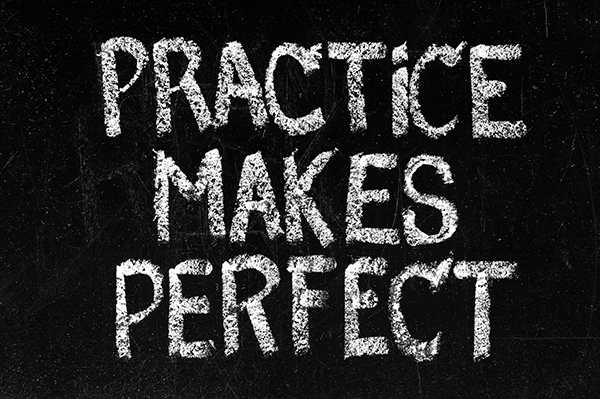There are many excellent coaches in the business world and a great deal of progress is made every day in coaching sessions. The stark truth is that many coaching relationships last far too long. It is my belief (and practice) that within 5 sessions, the issue at hand, the issue for which the coaching relationship was started, can be resolved.
I’ve built my beliefs and approaches over a period of twenty years of coaching, initially with mid-management and for the last ten years with senior executives in large, international businesses. As a senior exec in a global firm myself, I was assigned coaches myself, both as part of a ‘hi-pot’ scheme and an executive development programme. Most recently the Chairman of one of the largest firms in the world asked me to coach a group of around thirty developing European executives (I did say it was a big firm) with potential to take on very significant roles. My point is that I feel reasonably well qualified to have a opinion on the topic.
During my experience both as the coach and the coached, I am convinced that executives can become significantly more productive even when using standard coaching techniques.
Executives typically have a broad range of expertise they already bring to bear within their role, this may include a deep industry or functional knowledge; the ability to notice patterns and meaning that are not apparent to more junior staff, and expertise in seeing applicable approaches to different contexts. Taking this type of expertise into account makes a big difference to the coaching process.
In many cases the facilitated coaching process can be utilised to quickly support the Executive in discovering the answers to some classic problems, namely fundamental assumption problems and linkage problems.
The Executive will often have a well-developed model of their world. However, they may either have a basic assumption that is holding them back or their understanding about how two parts of their model interact is incomplete.
Because their model of understanding already exists, once the Executive interacts with a different construct they can very quickly to re-organise their thinking and drive new behaviours.
So why then, do I recommend a maximum of just five sessions? Simple, because Executives are problem solvers. They are more than capable of putting new behaviours into practice after a short period of coaching. Continuing to use a coach to ‘watch over you’ isn’t a good return on investment and can
weaken your own ability to self-monitor and improve.
The key to coaching is to understand the problem, understand how the problem is being approached, discover and select from alternative solutions and then build processes for self-monitoring.
The remaining work is all about building new abilities into the ‘muscle’ – to integrate the new model into daily work life. This takes practice. When researchers talk about taking thousands of hours to become world class, they make an important distinction between learning what to do and then practicing how to do it.
The ‘how to do it’ piece is crucial. Go ahead and immerse your Executives in a short, sharp exposure to a coach, and then let them put what they’ve learnt into practice.
Remember, they are smart enough to get on with the job without a babysitter.

